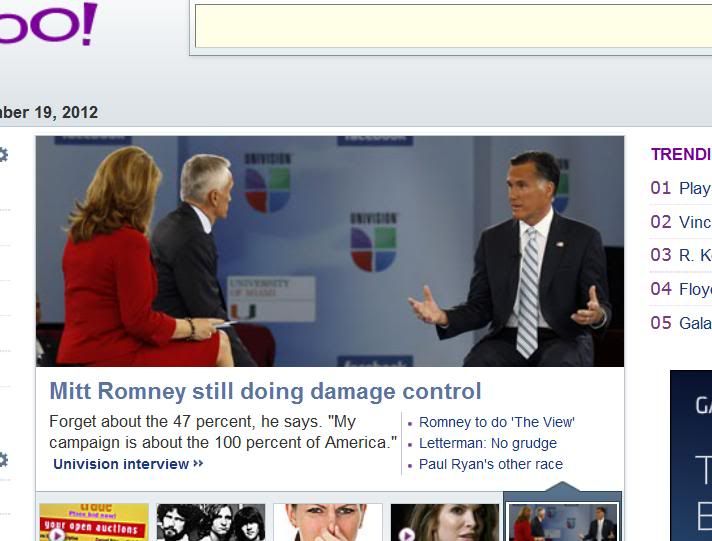Mr. Romney’s absence from the air made sense before the party’s convention in late August, since the campaign’s cash flow became so slow over the summer that it was forced to borrow $20 million to carry it through the event, when his formal nomination freed up tens of millions of dollars for the general election.
Yet at the same time Romney aides worked hard to project the image of a fund-raising machine far outpacing the president’s.
Romney aides released informal dollar figures that lumped several pools of money — some available for his use, others not — into a single figure, providing a perception greater than reality: $106 million in June and $101 million in July, far more than Mr. Obama and the Democrats.
Yet those figures obscured the fact that most of the money Mr. Romney was raising was reserved for those other political entities like the Republican National Committee.
And the party committee, which Mr. Romney helped propel to record-breaking receipts in July, is allowed to spend only about $22 million on advertising that is coordinated with Mr. Romney.
Even now, a large though unknown portion of Mr. Romney’s fund-raising is not going directly into his campaign account.
A closer look at Mr. Romney’s own filings revealed that Mr. Obama, while trailing in overall party fund-raising, was pulling far more money than Mr. Romney into his campaign account, the most useful and flexible dollars a candidate has to spend, in part because of strong collection from small donors who could give again and again without hitting federal limits.



